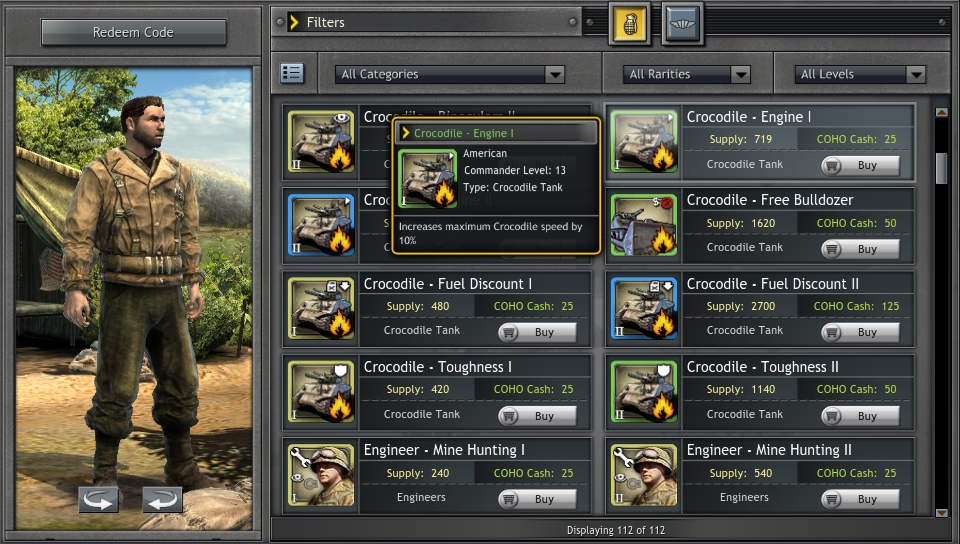27 Jun 2014
"Escape Games" game pattern
What is a Escape Game?
Game Dynamics Analysis
- The game is following typicall "Stress and Catharsis" pattern.
- When you first look at the game screen, there should be nothing special about it.
- You keep clcking every possible part of the screen, and sometimes you get a "hit".
- This "hit" often comes as a new item, or a path to another state.
- As the game progres, it becomes harder to get a hit by clicking screen. However, your knowledge about unsearched part also should have deepened. Therefore, the stress level won't exceed.
- This "clicking stress and sometimes a hit" combination is nothing but one form of "Stress and Catharsis" pattern.
How to make a unique Escape Game
- If it's about "Stress and Catharsis" pattern, the issue lies on player's level of experience.
- Some thinks it's too easy, while other think it's too hard.
- To tell a player's level of experience on this game, good guess might be "how many fail clicks are made by a player".
- If a player clicks nosense area so many times, You could put more hint items onto the screen.
- That way, everybody who tries the game thinks "it's an appropriate difficuly for me".
26 Jun 2014
"Variables" Game Pattern
Brief Summary
- Every game has its variables, in another word, some values which changes as game goes on.
- Most of times, you get to control the variables, how you allocate them to convert to other valuable elements of the game.
- What's important is, there always is some irregularity when converting variables to other game elements. If the conversion always results the same way, there's no fun controlling the variables as a player.
Game Example
- Almost any game should have a number of variables.
- Most obvious examples are tactics games. You get some victory points(or whatever the points you get when game goes) as you play, and you allocate them to grow your units.
- Stronger units requires more variables to convert, weaker ones less. However, which unit is better depends on each game situation.
- Therefore, some variable conversion is thought to be better than others, and that's what makes players keep excited.
- This screen shot should explain this game pattern.

Feedbacks appreciated
25 Jun 2014
First Game "tower defence"
background
- Apple launched a new language "Swift", and since I've been using Ruby, I thought now's the time to start iOS game development.
- I made a small app called "2d-tower-defence-Swift", and I'd like to share the code as well as what makes a great game.
Code
Game Elements
- It's a so-called "tower defence" game, which you are defending your 'valuables' while the enemy attackers are trying to invade.
- To see what it's like, one of easier ones you can play on PC is Desktop Tower Defence (it uses Flash).
Game Pattern: Choice
- As well as many other good games, this game forces you to choose one action over another.
- When you play the game(while enemies are reaching), you have variables like your money in a game.
- Now the choice is, how you allocate this money.
- Typically, you have variety of 'units' that will attack enemies. Choosing one over others is a player's choice.
- Another easier option some of these games offer is level up, which will improve (for example) your money increase rate.
- Depending on how well you allocate the variables to those choices, your game result in win or lose.
Now It's your turn
- what's your idea on making a great 'tower defence' game?
- what are the other game elements which makes a great game of this kind?
- please leave comments on my Twitter account



